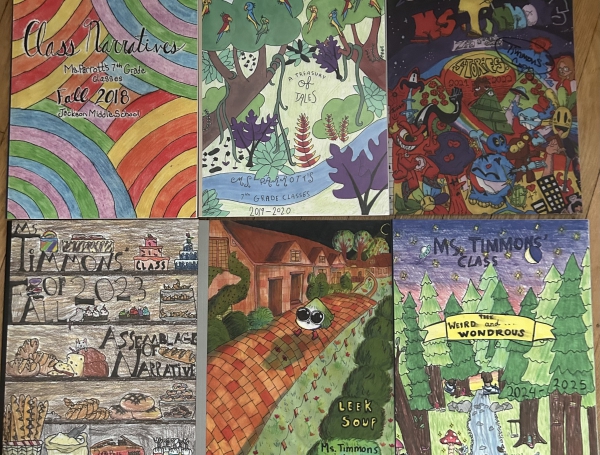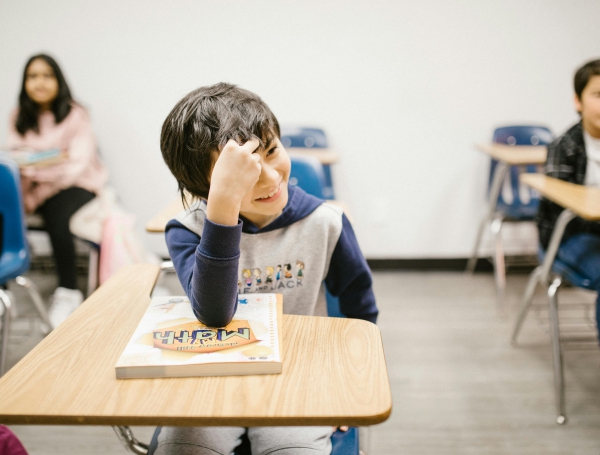

5 Ways to Use Movement in Lessons to Help Students Refocus
November 30, 2017
Getting kids to sit still for six hours a day is an almost impossible task! In the lower grades, recess helps absorb some of the wiggles, and in the upper grades, it can be easy to think that passing periods are a break for kids who have been sitting in hard desks all day. Incorporating movement into class on a regular basis can be a good way to help kids refocus and calm down so they can do better work when they are in their seats. Here are some things to try if you want to start using movement more frequently in your teaching.
1. Incorporate state changes: This involves having students move from one type of activity to another. If you have a lecture to give, consider breaking it down into small parts, and then having students work on related content in small groups for a while. Can part of the information from your lecture be delivered through a reading assignment? Would it help them to review main concepts by completing a worksheet? Assign partners and let students get up and move their seat to work together to complete the task.
2. Use simulations: Sometimes, doing one thing in a class period (just lecture, just group work, etc), is unavoidable. Even so, you can vary the type of lessons you’re doing throughout the week (or unit), and using simulations is a great way to do this. A lot of different types of simulations exist, and for all subject areas. A quick internet search can help you find some resources, and your school library might have even more.
3. Allow stretch breaks: It can pay to be straightforward! If I have my plans laid out, and I’ve set up a day of reading or note-taking on a day when my students are particularly squirrely, sometimes I’ll give them a break to get up, stretch, and get some energy out. Often, they’re more willing to settle down after they’ve had a chance to move around.
4. Jigsaws: Jigsaws are group activities in which you have multiple assignments (or parts of an assignment) that you distribute to groups in your class. After giving students some time to work with the first part of the assignment, recombine the groups so that all students have to teach each other the part of the content they were responsible for learning. This increases accountability and gives students a set goal to work towards, which can help them focus. Additionally, they have to move between groups, which helps them burn off a little energy.
5. Gallery walks: I very rarely require students to stand up in front of the class and deliver a presentation. Student presenters struggle to prepare adequately for presentations and often experience extreme anxiety presenting in front of their peers, and students in the audience often don’t pay attention or lose interest quickly. Instead, I use gallery walks: where students work on independent or small-group projects and then get into new groups where each member has a different project to present. Students then move around the classroom from project to project, and they only have to present when they get to their own station. The movement and the small groups together helps keep students focused and engaged.
 Article by Alison McCartan, a regular contributor to The Heritage Institute's Blog, What Works: Teaching at Its Best.
Article by Alison McCartan, a regular contributor to The Heritage Institute's Blog, What Works: Teaching at Its Best.
Alison McCartan is a high school teacher in the South Puget Sound region of Washington State. She has taught English and history in high schools across the country, and when she's not orchestrating re-enactments of the Industrial Revolution in class, she can usually be found with a cup of tea, her cat, and a book.




